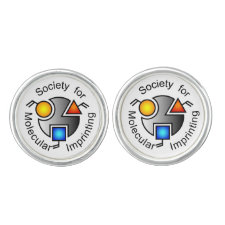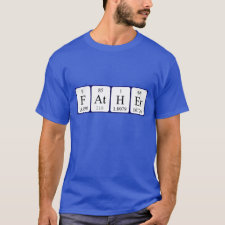
Authors: Balk S, König B
Article Title: Thermally induced molecular imprinting of luminescent vesicles.
Publication date: 2015
Journal: Journal of Inclusion Phenomena and Macrocyclic Chemistry
Volume: 81
Issue: (1-2)
Page numbers: 135-139.
DOI: 10.1007/s10847-014-0442-2
Abstract: Thermal imprinting of the lipid-water interface of phospholipid vesicles is achieved by reversible non-covalent assembly of membrane embedded amphiphilic metal complexes. The complexes have affinity to phosphate and imidazole groups and are preorganized by a phosphorylated hexapeptide template above the phase transition temperature. The template induced patterning is transferred into the gel phase of the membrane by cooling below the transition temperature. This limits the lateral diffusion and stabilizes the metal complex receptor organization, as confirmed by FRET measurements with dye-labeled receptors. After template removal an enhanced rebinding affinity of one order of magnitude for the target peptide was observed for the imprinted membranes compared to identical non-imprinted interfaces
Template and target information: phosphorylated hexapeptide
Author keywords: non-covalent imprinting, Template induced patterning, Functionalized vesicles, Specific recognition sites, FRET, Emission titrations



Join the Society for Molecular Imprinting

New items RSS feed
Sign-up for e-mail updates:
Choose between receiving an occasional newsletter or more frequent e-mail alerts.
Click here to go to the sign-up page.
Is your name elemental or peptidic? Enter your name and find out by clicking either of the buttons below!
Other products you may like:
 MIPdatabase
MIPdatabase









